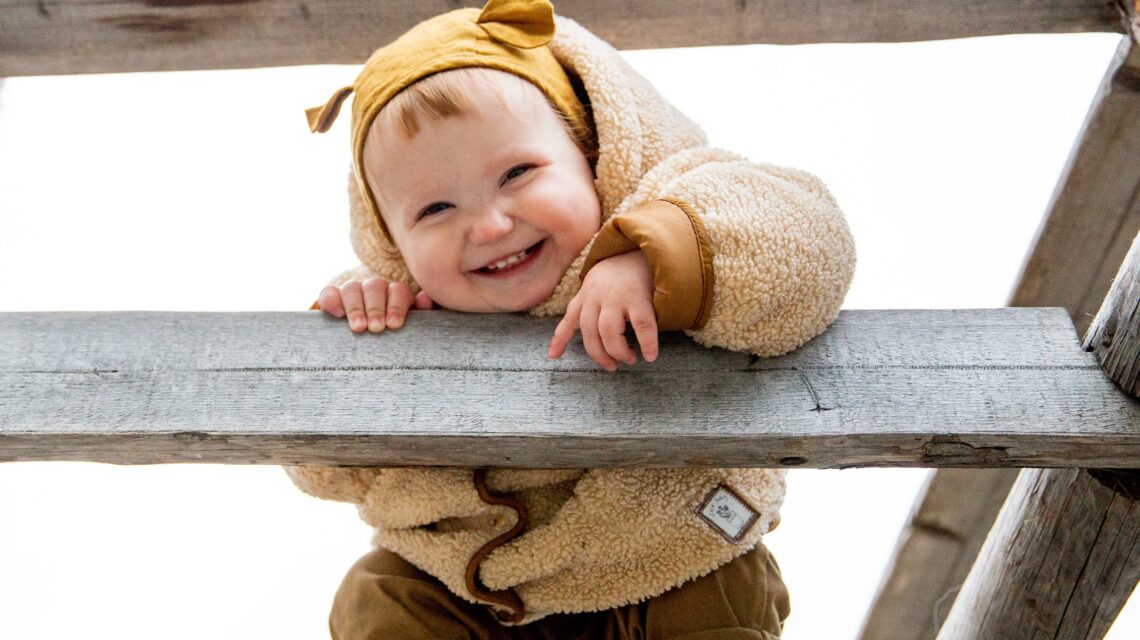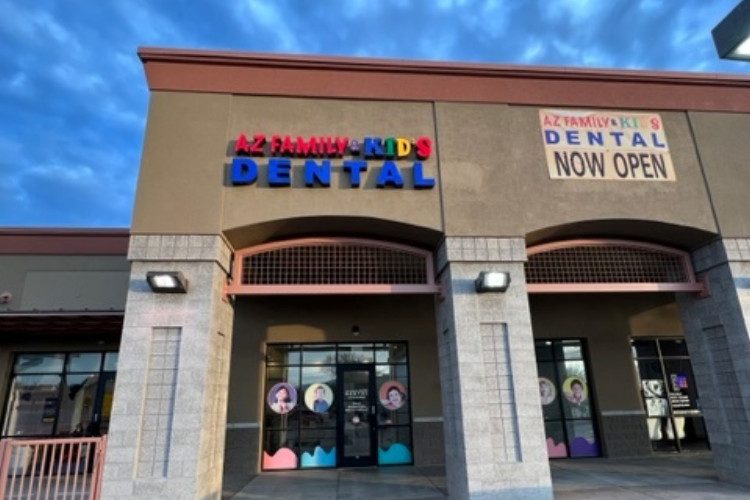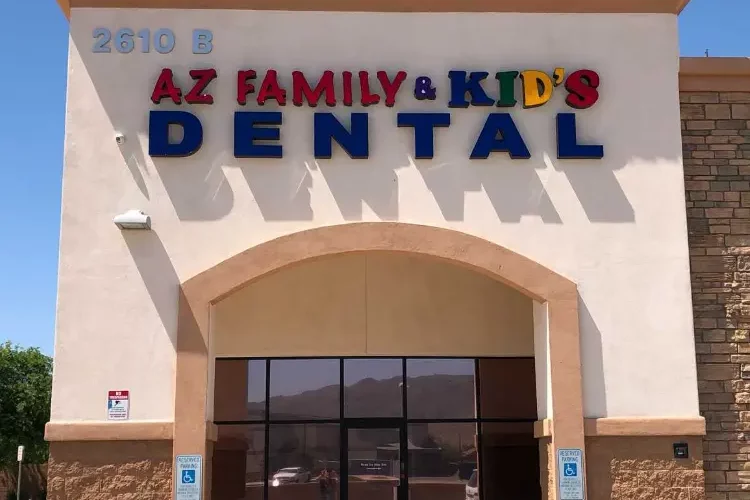Are My Child's Baby Teeth On Schedule?
You’ve probably noticed that your baby’s teeth are coming in – but do you know when they’re supposed to come in? It can be difficult for parents to keep track of their child’s baby tooth eruption schedule, so we created this blog post to help. We’ll discuss what the baby tooth eruption schedule is and how it works, as well as information on how baby teeth contribute to your child’s health!
The Eruption Schedule
Baby teeth typically erupt within the same time frame and sequence for nearly all children. However, there can be a great deal of uncertainty for parents as they try to help their children deal with the discomfort of growing teeth. For example, were you aware that your child’s baby teeth begin developing before they are born? Twenty teeth are waiting below the surface of your child’s gums when they are born, and it can be beneficial to know when to expect these teeth to show up!
First: Incisors
What are incisors? Incisors are the six teeth that line your child’s front row of teeth. These baby teeth are designed to bite into food and will be the first to show! Lower central incisors (front bottom teeth) typically start coming in when your child is 6-10 months old, with the upper incisors coming in around 8-12 months old. The upper lateral incisors (surrounding the upper front teeth) should begin erupting when your child is 9-13 months old, closely followed by the lower lateral incisors at 10-16 months of age.
Second: First Molars
Your child’s first molars will erupt from the upper part of their mouth between 13-19 months of age, with the lower pair showing up at 14-18 months. Your child’s upper and lower central teeth will be the first to erupt, followed by the first molars. The eruption of these teeth can be uncomfortable for children, with the larger, dull surface of molars not cutting through gums as easily as incisors.
Third: Cuspids
Cuspids, also known as canines, are the sharp, pointed teeth that help your child grip food and tear it apart. Your child will have two upper canines and two lower canines. The upper pair should erupt around 16-22 months of age, and the lower cuspids will make their appearance at 17-22 months of age.
Fourth: Second Molars
By the time your child reaches the age of 3, they should have a complete set of baby teeth. The final stages of this process will see the second pair of bottom molars erupt at 23-31 months of age. A final pair of upper molars should erupt at 25-33 months.
How Do They Affect My Child’s Health?
Your child’s baby teeth are crucial to their health and overall well-being. They are the first teeth that come in and help your child learn how to chew their food. They also play a role in speech development by assisting them in creating sounds to speak clearly.
But baby teeth aren’t just about learning, eating, and speaking — they’re essential for keeping space open for adult teeth to grow. This spacing is critical and helps mitigate painful spacing issues for your child when they begin to develop their permanent teeth later in life.
Unfortunately, it can be scary for parents as they help their children navigate early dental care. The eruption of teeth can be uncomfortable for your child, and the timing of their eruption schedule can vary from child to child. So, to put your mind at ease, here are some general rules to help guide you through the development of your child’s teeth:
-Lower teeth erupt before upper teeth
-Roughly four teeth will emerge every six months
-Girls teeth will typically emerge before boys teeth
-Teeth erupt in pairs on the left and right sides of the upper and lower jaws
-Baby teeth are smaller and whiter than permanent teeth
-All of your child’s baby teeth should be erupted and visible by age 2-3
Shortly after turning 4, the following stages of your child’s dental and facial development will begin. Notably, their facial and jawbones will start to grow to make room for the eruption of their permanent teeth! During this transition, the adult teeth will begin to erupt and grow in, replacing the baby teeth. The majority of children will have a mix of permanent teeth and baby teeth between ages 6-12. The top front four incisors (two on each side) are usually replaced around age 11-13, with a total of 28 permanent teeth by adulthood.
It’s always important to remember that regular brushing (with fluoride toothpaste) and flossing are critical to the well-being of both your child’s baby teeth and permanent teeth!




